blog
Interview with photographer Sahat Zia Hero – Rohingyatographer Magazine
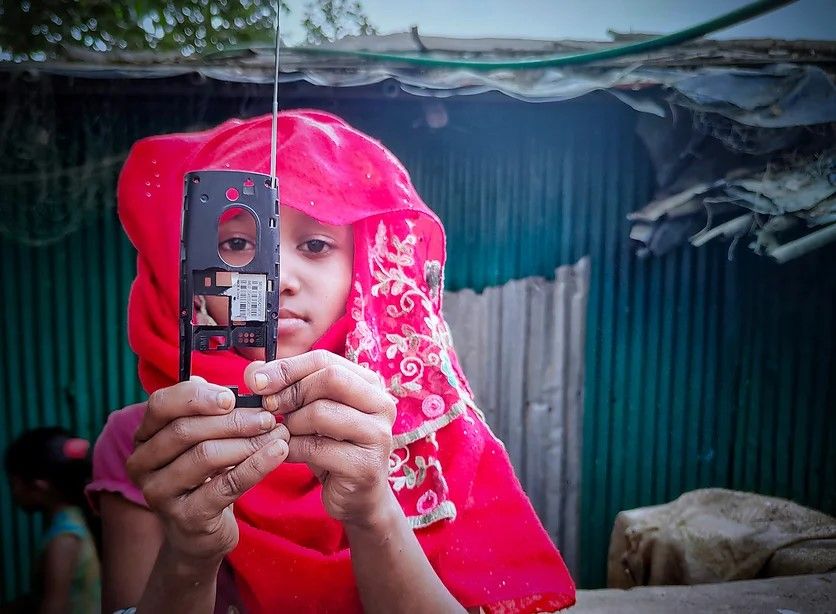
© Abul Kalam
Today, over a million Rohingya refugees are housed in overcrowded camps dispersed throughout southeast Bangladesh. The Rohingya people in Myanmar suffered decades of marginalization, exclusion, and violence under military rule. After riots and a mass exodus of hundreds of thousands to Bangladesh or Southeast Asia in 2012, violence and discrimination reached a new peak in 2015 and again in 2017.
When mainstream media in 2021 stopped visiting refugee camps in Bangladesh, a collective of Rohingya photographers took it upon themselves to document the situation in refugee camps. The collective of photographers founded Rohingyatographer Magazine soon after refugee photographer Sahat Zia Hero met with David Palazón, a Spanish photographer and humanitarian who gave his ongoing guidance and support. Since 2021, ‘Rohingyatographer’ has published two issues, and Issue 3 is scheduled to publish by the end of 2023 with crowdsourcing funds. For our Collaboration issue #121, F-Stop was fortunate and grateful to interview Rohingyatographer co-founder Sahat Zia Hero.
::
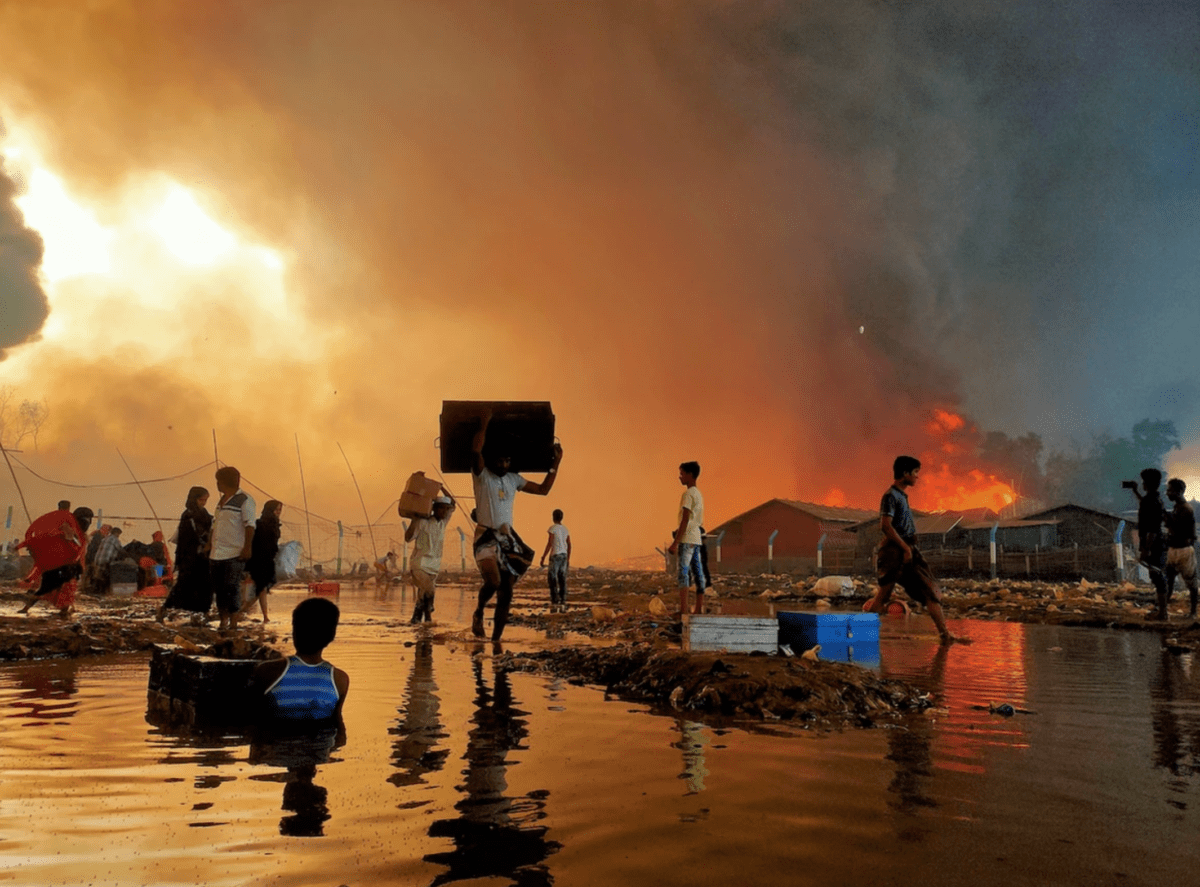
© Ro Yassin Abdumonab
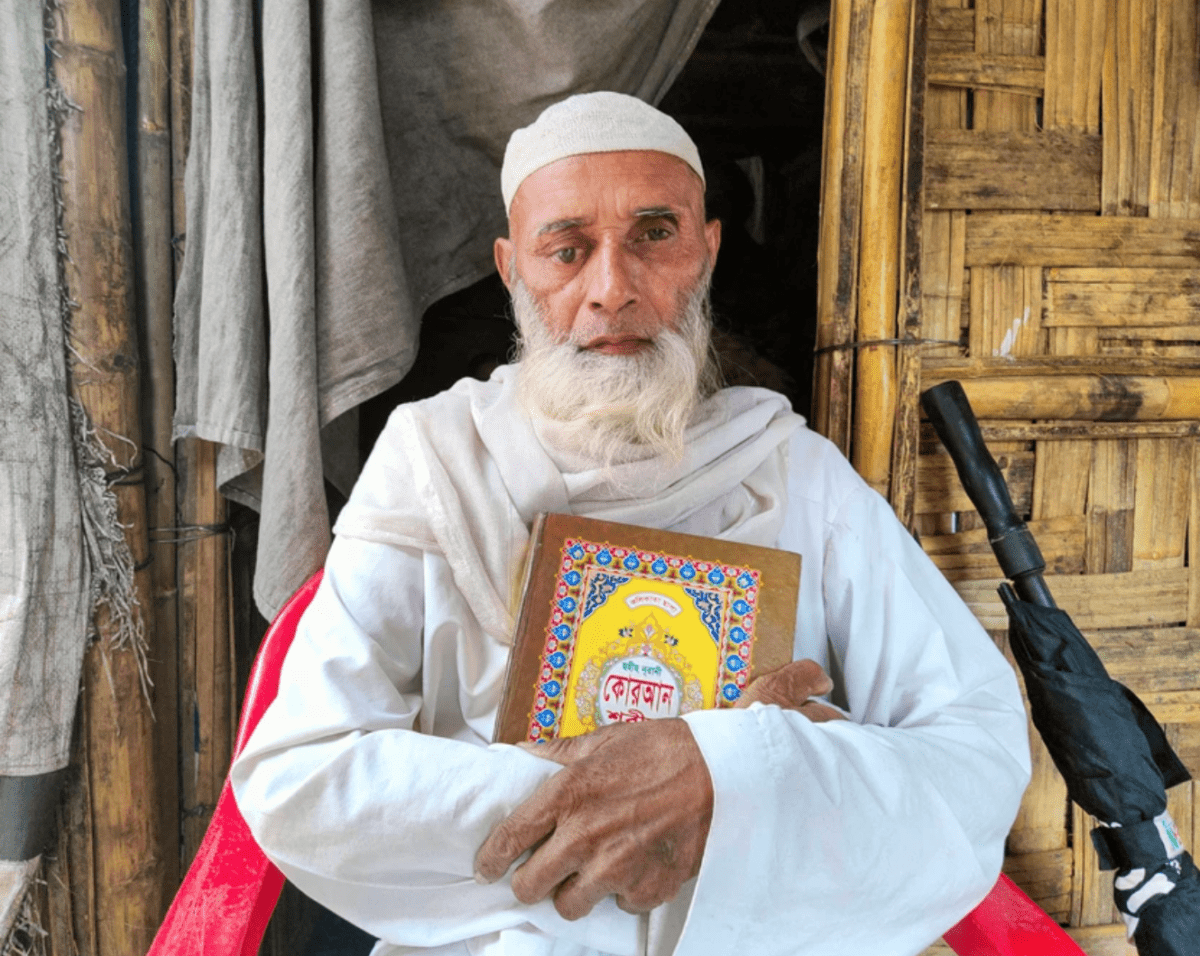
© Sahat Zia Hero
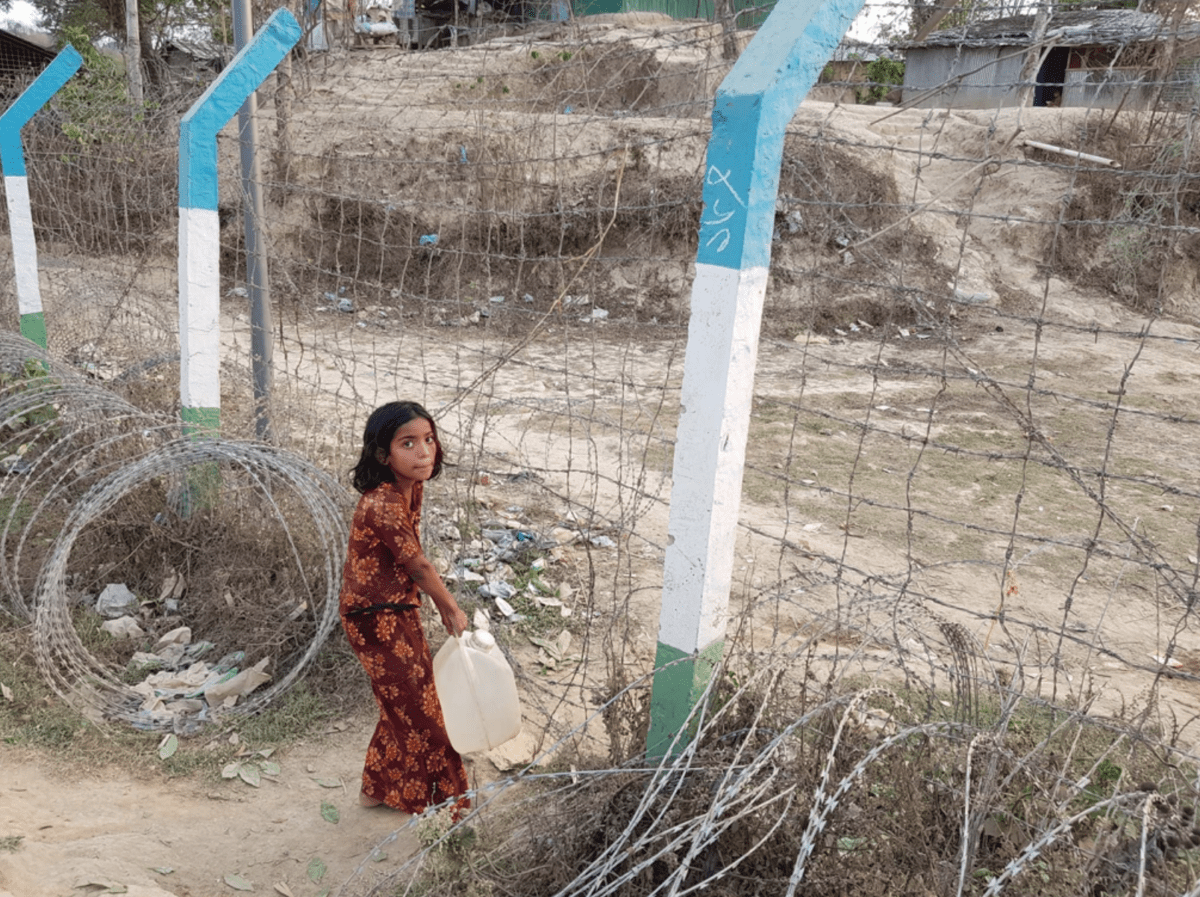
© Dil Kayas
Cary Benbow (CB): Why was Rohingyatographer Magazine created – when did it all begin, who helped start this organization?
Sahat Zia Hero (SZH): Rohingyatographer Magazine was initiated to provide a platform for Rohingya refugees to narrate their lived experiences through photography. The project began in 2021. Our aim was to facilitate self-expression among Rohingya youth and challenge the often misrepresentative narrative surrounding our community. It is a refugee-led project, granting them a direct platform to share their experiences and perspectives, ensuring the authentic representation and amplification of our community’s voices.
CB: Why did you personally become a photographer? What is your personal background?
SZH: I was born in 1994 in Maungdaw, Arakan, Myanmar. My early life was on a trajectory towards studying Physics at Sittwe University; however, the discriminatory practices against our Rohingya community cut short my academic aspirations. The turning point came in August 2017, when escalating violence forced my family and me to seek refuge in Bangladesh. Upon arrival in the refugee camps, I initially took up a role as a team leader with the Danish Refugee Council. The environment in the camp, teeming with untold stories of resilience and hope amid despair, nudged me towards photography. With a humble smartphone as my initial gear, I began capturing the life, culture, and struggles of our community.
Being a part of the Rohingya community, the stories I capture are not just narratives to me; they are reflections of our collective experiences. The camera became an extension of my voice, a tool to share our stories with the world beyond the fences that encircle us. My work as a photographer didn’t go unnoticed. It provided me an avenue to collaborate with NGOs and media outlets, blending freelance photography with my role in managing Rohingyatographer Magazine, a project I founded to empower other budding Rohingya photographers and narrate our tales authentically.
Photography transcends the barriers of language and geography. It has become a channel for me, and many others in the Rohingyatographer collective, to express, document, and advocate for the rights and dignities that have long been denied to us.
CB: How do the members of the collective work together to support your mission, and how do they collaborate within their community?
SZH: Collaboration is the core of Rohingyatographer. Currently, 30 photographers, including 10 females, form the collective. We recently concluded an assignment with an international NGO, exemplifying how our collective works in tandem with organisations to document and share crucial narratives. Beyond publishing, we provide training and support to Rohingya photographers, enhancing their skills and paving the way for income-generating opportunities, promoting sustainable development within our community.
We are currently fundraising for our third magazine issue through GoFundMe. We really hope to reach our target by the end of November 2023 and publish the our third issue before the end of the year. We hope you can include this in the article for your readers to visit it directly: https://www.gofundme.com/rohingyatographer-magazine-3-food-for-thought
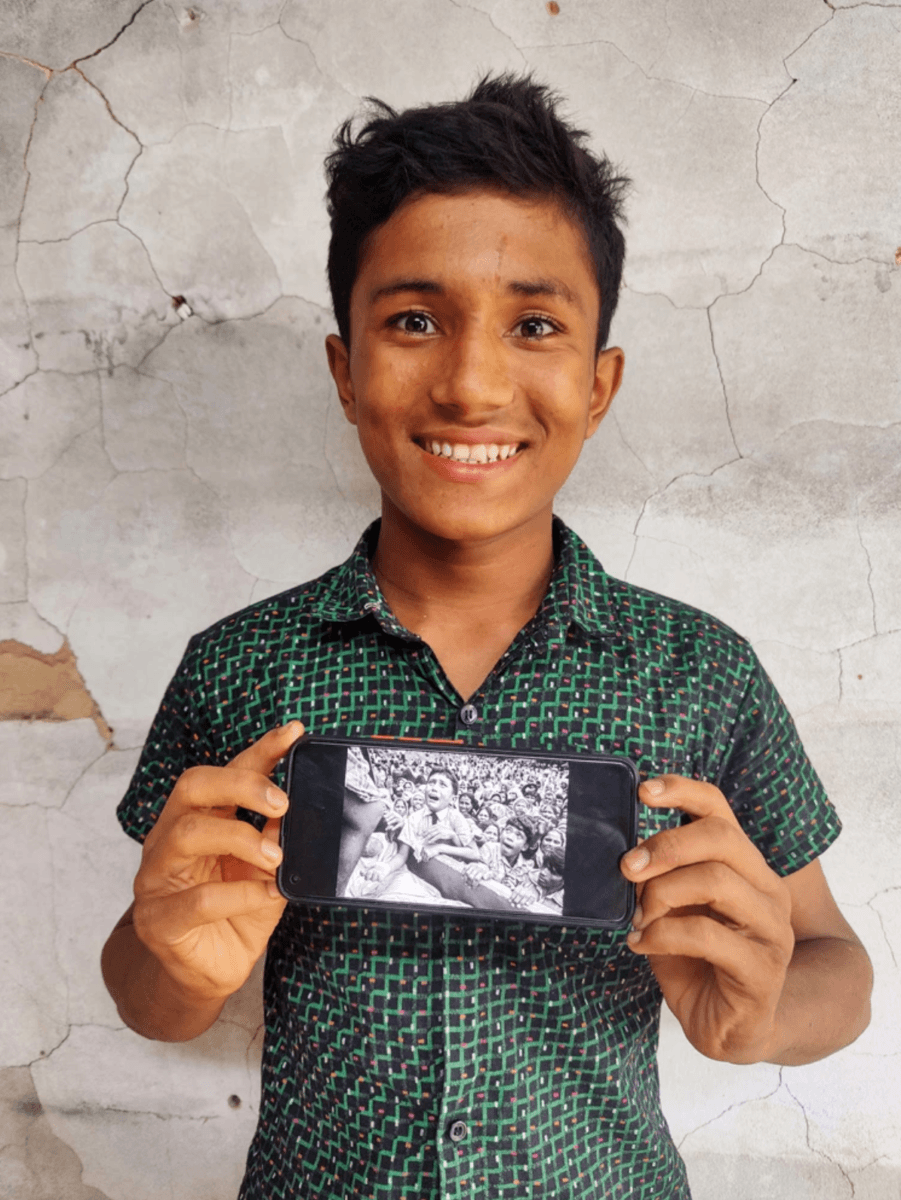
Photo of Md Hasson © Sahat Zia Hero
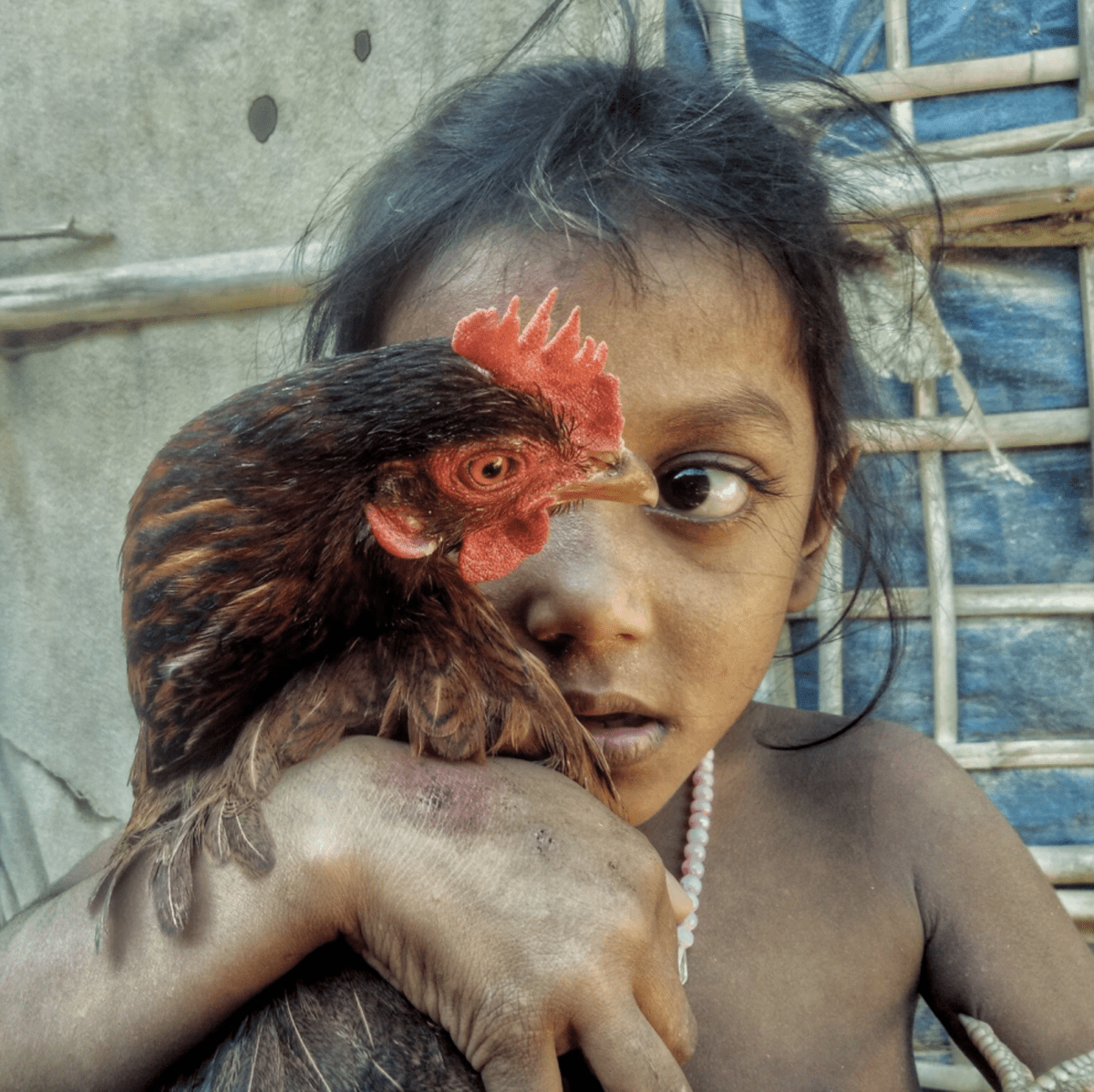
© Md Jamal

© Ro Rezaul Islam
CB: What kind of stories do you and the other members of Rohingyatographer Magazine wish to share with the world, and how do you accomplish this?
SZH: We aspire to share the manifold narratives of everyday life, culture, hopes, and adversities within the Rohingya community. Our upcoming third issue centers around the theme of food, exploring its significance in our lives. Our storytelling community-driven and focuses on community-led narratives that highlight our daily lives, challenges, and resilience, going beyond traditional narratives often portrayed in mainstream media and offering a platform for nuanced and diverse perspectives.
CB: What are the different aspects do you try to uphold when featuring work from your collective of photographers?
SZH: Documentary photography bears the weight of truth and responsibility. It’s a window into realities often distant or overlooked, tasked with the mission of fostering understanding and igniting empathy. In the context of Rohingyatographer, our duty extends beyond merely capturing moments; it’s about portraying our community’s narratives with dignity, accuracy, and respect.
Our primary obligation is to the people we photograph—the members of our community. Their stories are entrusted to us, and it’s our duty to represent them authentically. We strive to ensure that the individuals in our photographs are depicted with dignity and their stories are shared in a manner that resonates with truth, aiming to challenge stereotypes and provide a more nuanced understanding of our community’s experiences.
Moreover, we feel a responsibility towards our audience, to provide them with an honest insight into the lives of the Rohingya people living in refugee camps or in Bangladesh. It’s about creating a bridge of understanding between disparate worlds, fostering a dialogue that can lead to positive change.
Furthermore, our work is a call to action. Through our lenses, we hope to draw attention to the human rights violations faced by our community, urging the international community to acknowledge and act upon the injustices endured by the Rohingya people.
Photography, in our eyes, is not merely an act of observation but a tool of advocacy, education, and empowerment. Each photograph is a pledge of truth, a commitment to shed light on the often obscured narratives of the marginalized, and a hope to contribute to a more informed and compassionate world.
The individuals in our photographs are members of our community. Their stories are paramount as they unveil the realities of life as a Rohingya refugee, fostering a deeper understanding and empathy among the global audience.
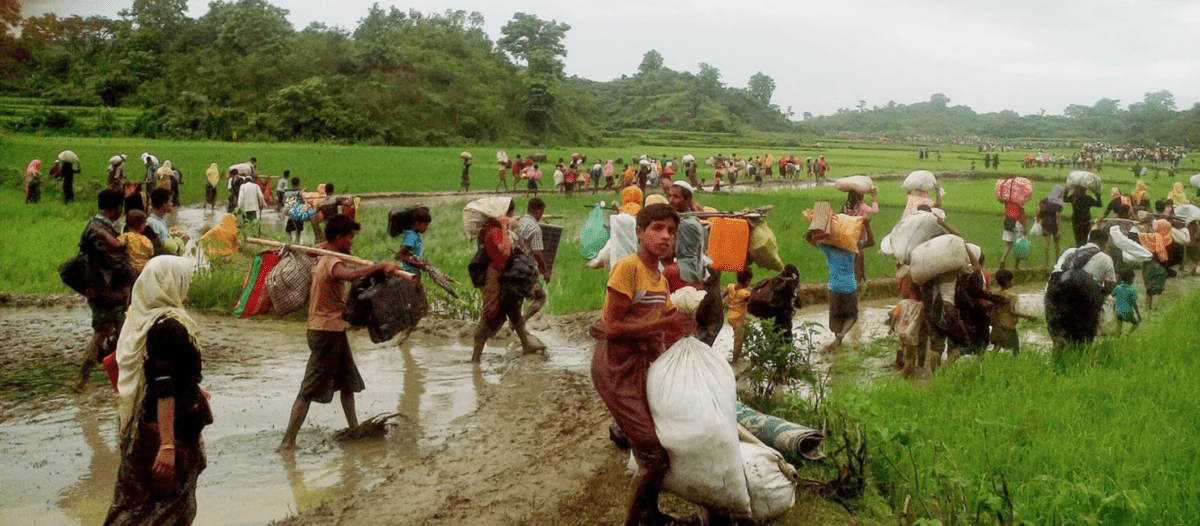
© Ishrat Bibi
CB: What subject or concept themes show up in the issues of Rohingyatographer Magazine, and why were they chosen?
SZH: Our second issue was about our community’s relationship with nature and their resilience in the face of harsh living conditions in the refugee camps. Forced to flee their homeland due to persecution and violence, the Rohingya had to quickly adapt to life in the camps, facing challenges with limited resources. Despite these difficulties, the Rohingya remain determined to rebuild their lives and create a better future for themselves and their children. We want people to see us as human beings, just like everyone else. We want to share our hopes and dreams, our sadness and grief with others, to make connections.
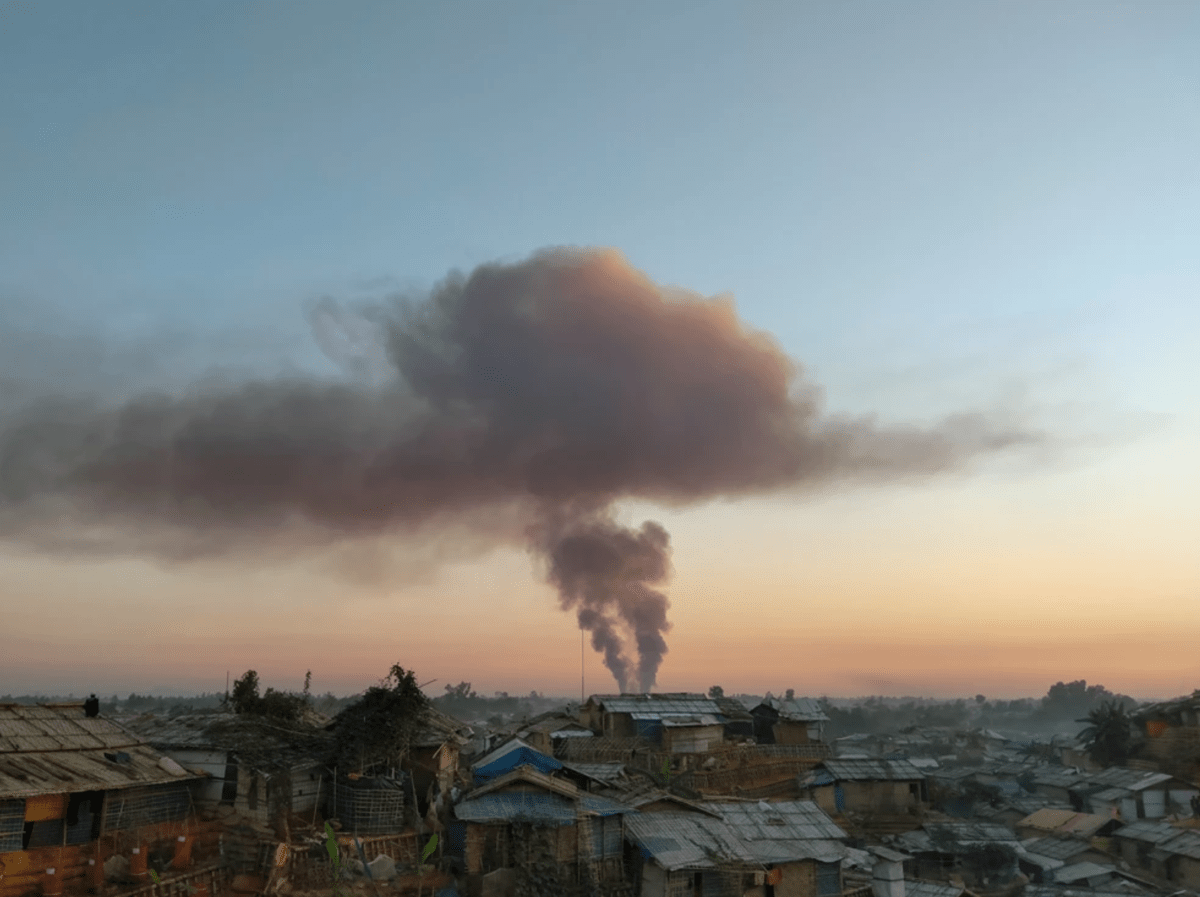
© Ro Mon Sur Ali
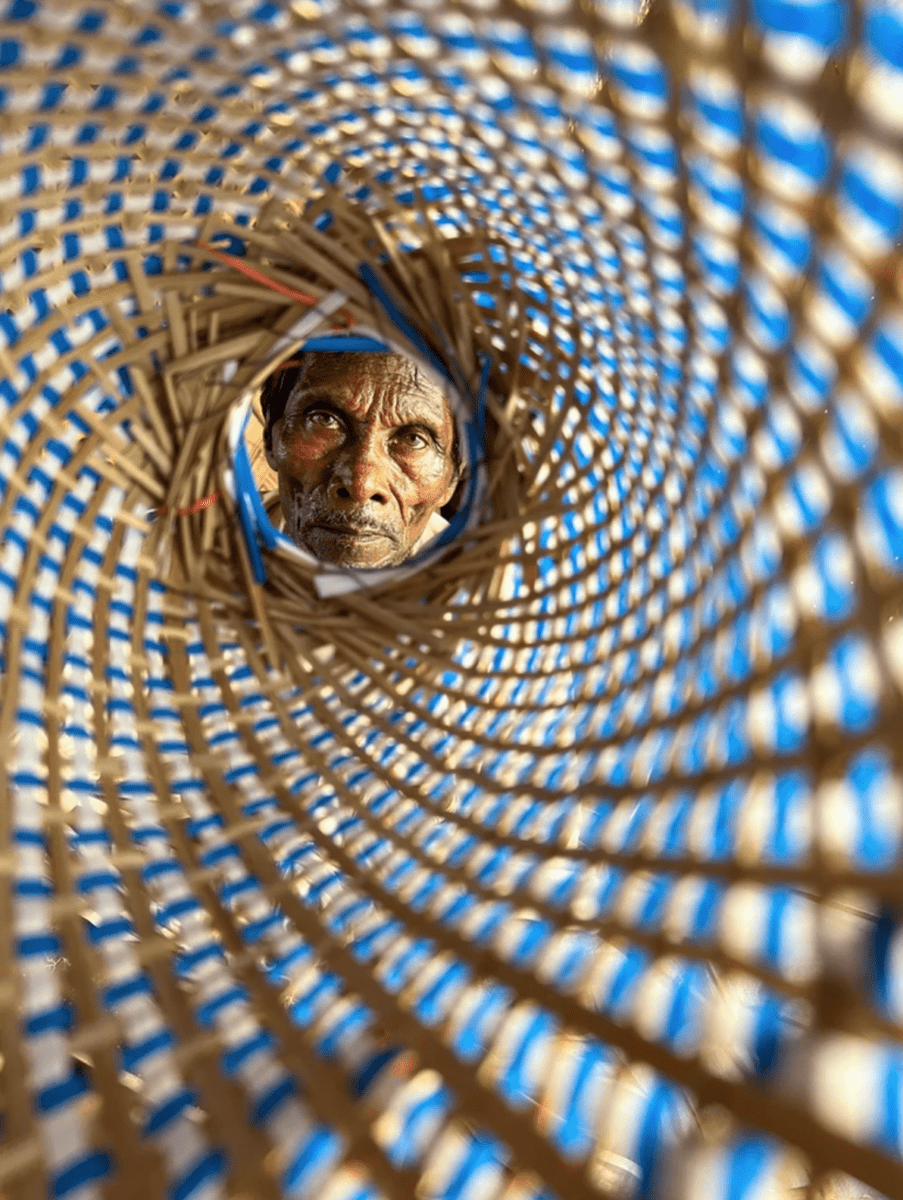
© Sahat Zia Hero
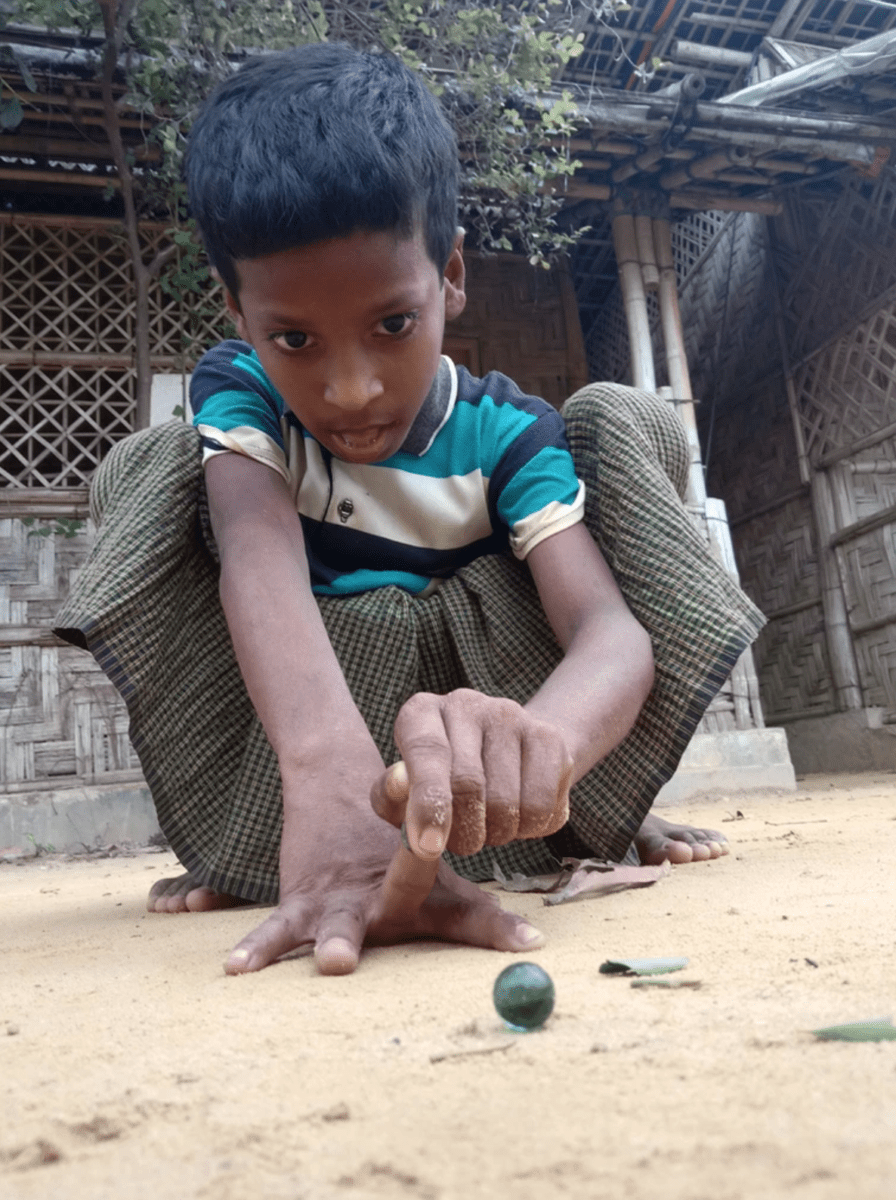
© Md Iddris

© Ahtaram Shin
CB: What work are you currently working on? Any new projects?
SZH: Our ongoing projects include the release very soon of an upcoming publication of the first monograph of Rohingya female photographers and towards the end of the year our third issue focusing on food. Our work is recognised by numerous media outlets and publications, which positions Rohingyatographer as a reputable source for quality Rohingya photography. We see this as an asset for social change. We often receive invitations for exhibitions, photo festivals and assignments from media outlets and NGOs who value the authentic insights provided by Rohingya photographers. Beyond online platforms, these opportunities allow us to advocate for the Rohingya people effectively.
Looking ahead, next year we aim to delve into themes of human rights and education in our subsequent issues, furthering the discourse on pivotal topics concerning our community to foster a dialogue, educate, and advocate for the rights and recognition of the Rohingya people.
::
F-Stop Magazine readers can learn more about Rohingyatographer Magazine, it’s members, and ways to support the group at:
https://www.rohingyatographer.org/
and
https://www.gofundme.com/rohingyatographer-magazine-3-food-for-thought
Rohingyatographer Magazine Instagram – https://www.instagram.com/rohingyatographer/
All images used with permission of Rohingyatographer Magazine. Copyright by respective photographers.
::
We learned of Rohingyatographer Magazine through one of the contributing photographers from our Collaboration issue #121, Kamal Chawla. Chawla is involved with Language of Light, which supports the work of other photographers across the world, particularly those in challenging situations. We thank him for sharing this opportunity for our readers.
Location: Online Type: Collaboration, Interview
Events by Location
Post Categories
Tags
- Abstract
- Alternative process
- Architecture
- Artist Talk
- Biennial
- Black and White
- Book Fair
- Car culture
- charity
- Childhood
- Children
- Cities
- Collaboration
- Cyanotype
- Documentary
- environment
- Event
- Exhibition
- Family
- Fashion
- Festival
- Film Review
- Food
- Friendship
- FStop20th
- Gun Culture
- Italy
- journal
- Landscapes
- Lecture
- love
- Masculinity
- Mental Health
- Museums
- Music
- Nature
- Night
- photomontage
- Podcast
- Portraits
- Prairies
- River
- Still Life
- Street Photography
- Tourism
- UFO
- Wales
- Water
- Zine

Leave a Reply